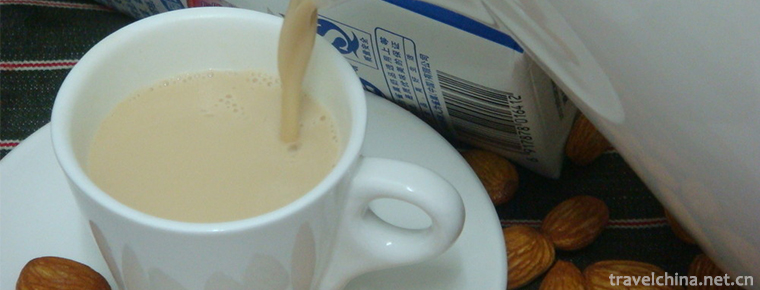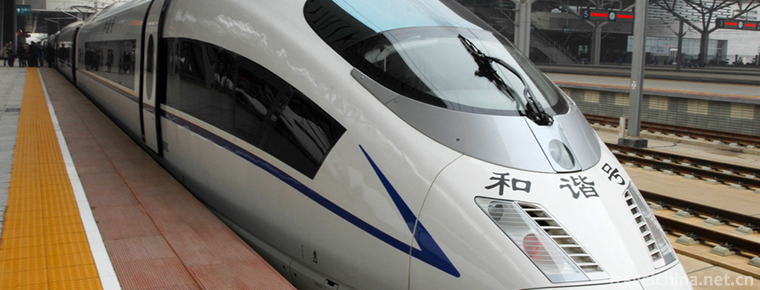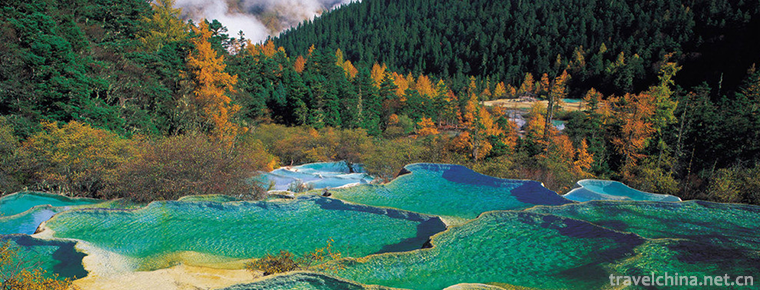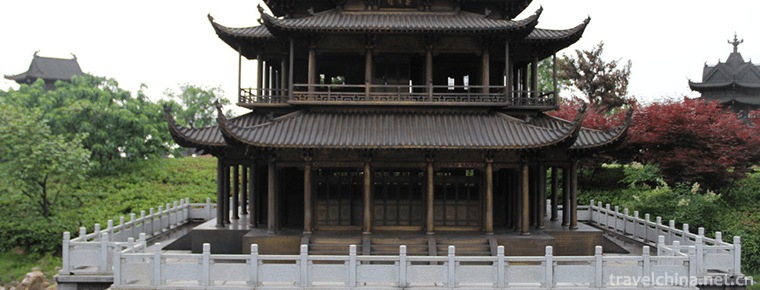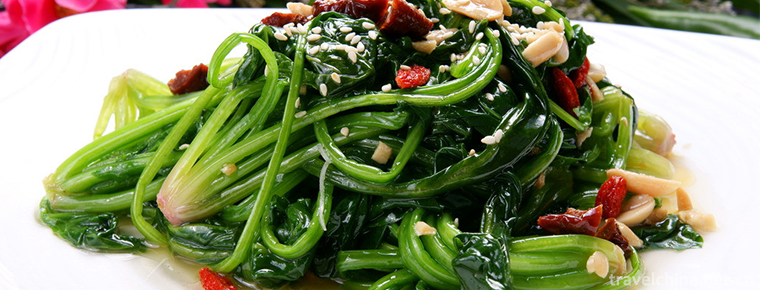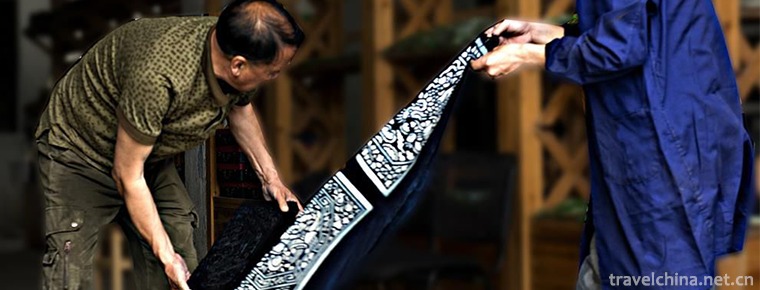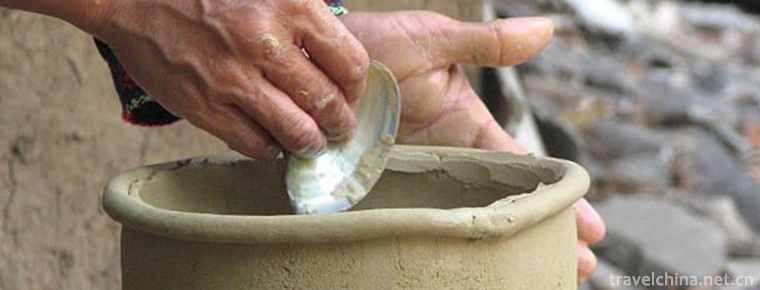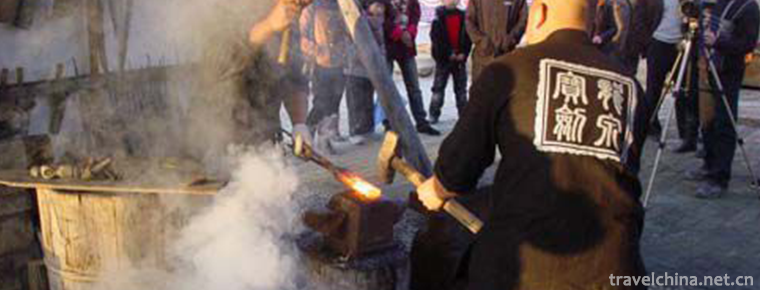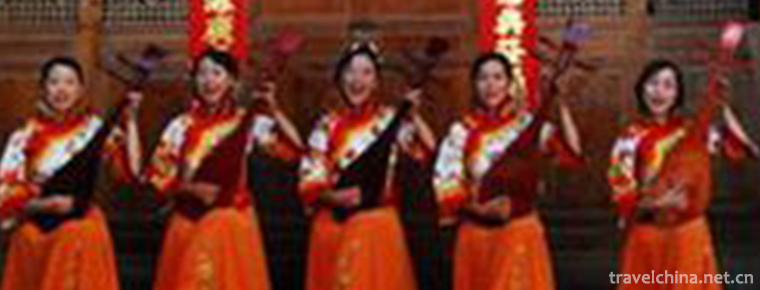Mingcui Lake National Wetland Park
Mingcui Lake National Wetland Park
Yinchuan Mingcuihu National Wetland Park is located in Zhangzheng Town, Xingqing District, Yinchuan City, Ningxia. It is 9 kilometers away from Yinchuan City and 3 kilometers away from the Yellow River. It is the third National Wetland Park named by the State Forestry Administration after Qinhu National Wetland Park in Jiangsu and Xixi National Wetland Park in Hangzhou. It is also the first National Wetland Park in the Yellow River Basin and the western region. It enjoys the reputation of "one of the six most beautiful wetland parks in China".
Scenic spot construction
Mingcui Lake is located at 106 22 east longitude and 38 3 north latitude. It is the eastward migration of the ancient Yellow River. Ordos platform uplifts the lake beach landform of the Yellow River alluvial plain, which integrates the Loess Plateau, Yellow River, lakes, reeds, wetlands and other landscapes. The average elevation is 1,100 meters. It is bounded by Yinheng Road in the north, Yongning Central Drainage Channel in the south, Huinong Canal in the East and Hanyan Canal in the west. The lake is surrounded by a large area of fish ponds and paddy fields, with few inhabitants. The town of Zhangzheng is one kilometer away from Mingcui Lake. Mingcui Lake is the most important wetland ecological region in the eastern part of Yinchuan City because of its special and important geographical location.
Characteristics of scenic spots
Here the lake lights play willows, tobacco trees smoke, birds gather, fish leap in the meantime, looking at the water Heron flying up, looking at the wind and lotus has always turned over. The stuffing is vigorous and beautiful in the south of the Yangtze River. It suddenly gathers in the waves of reeds and waves. There are 109 kinds of natural plants and 97 kinds of birds in the lake. Among them, there are national first-class protected animals such as black stork, Chinese autumn sand duck, white-tailed sea eagle, big bustard, national second-class protected animals such as swan, swan, mandarin duck and kite. Every spring and summer, thousands of birds inhabit and multiply here. Tourists come here, luxuriant boats, winding paths, maze birds watching, happy and forget to return, and there are no boundaries at a glance. Poetry is picturesque. Mingcui Lake has developed into a tourist attraction with cultural, interesting and rich ecological characteristics.
Yinchuan Mingcuihu National Wetland Park is located in Zhangzheng Town, Xingqing District, Yinchuan City, Ningxia, 9 kilometers away from Yinchuan City and 3 kilometers away from the Yellow River. It is the third National Wetland Park named by the State Forestry Administration after Qinhu National Wetland Park in Jiangsu and Xixi National Wetland Park in Hangzhou. It is also the first National Wetland Park in the Yellow River Basin and the western region. It enjoys the reputation of "one of the six most beautiful wetland parks in China".
•
Yinchuan Mingcuihu National Wetland Park is located in Zhangzheng Town, Xingqing District, Yinchuan City, Ningxia. It is 9 kilometers away from Yinchuan City and 3 kilometers away from the Yellow River. It is the third National Wetland Park named by the State Forestry Administration after Qinhu National Wetland Park in Jiangsu and Xixi National Wetland Park in Hangzhou. It is also the first National Wetland Park in the Yellow River Basin and the western region. It enjoys the reputation of "one of the six most beautiful wetland parks in China".
Mingcui Lake is located at 106 22 east longitude and 38 3 north latitude. It is the eastward migration of the ancient Yellow River. Ordos platform uplifts the lake beach landform of the Yellow River alluvial plain, which integrates the Loess Plateau, Yellow River, lakes, reeds, wetlands and other landscapes. The average elevation is 1,100 meters. It is bounded by Yinheng Road in the north, Yongning Central Drainage Channel in the south, Huinong Canal in the East and Hanyan Canal in the west. The lake is surrounded by a large area of fish ponds and paddy fields, with few inhabitants. The town of Zhangzheng is one kilometer away from Mingcui Lake. Mingcui Lake is the most important wetland ecological region in the eastern part of Yinchuan City because of its special and important geographical location.
Mingcui Lake is divided into two lakes, north and south. Its ecological system is complete. The Lake area and its surrounding rivers, lakes, swamps, irrigation canals and paddy fields are connected, with abundant water and fertile soil. The water resources of Mingcui Lake belong to the Yellow River water system, where abundant water resources are an important part of the comprehensive management of ecological environment construction. The Lake area accounts for 80% of the lake area. Irrigation and drainage systems are developed. There are Hanyan Canal excavated in the Han Dynasty in the West and Huinong Canal excavated in the Qing Dynasty in the east. The water source is stable and the water quantity is abundant. Basically, the wetland ecological environment is pleasant. Industrial control, flat Lake bottom, because its water system is not polluted by industry, less human damage factors, transparent lake water throughout the year, good water quality, basically intact to maintain the natural ecological environment. Mingcui Lake, as a typical wetland ecosystem, is an ecological support system suitable for bird reproduction, habitat and survival and development, which is composed of marshes, lake water and reeds. A large area of reeds on the east side of the lake attracts a large number of waterfowl to inhabit, and there are many reeds, cattails and cattails in the marshes around the lake. The abundant small fish and shrimps here become the golden zone for birds to feed on. The islands, reeds and wharfs in the center of the lake are good places for birds to inhabit at night, while the swamps are good places for birds to hunt for food. A natural, suitable, harmonious and ideal bird habitat and migratory bird post station has been formed, which provides excellent natural resources for the construction of bird research and ornamental bases in Yinchuan and the west.
Mingcuihu National Wetland Park in Yinchuan is the third National Wetland Park named by the State Forestry Administration after Xixi National Wetland Park in Hangzhou and Qinhu National Wetland Park in Jiangsu.
At present, Mingcui Lake has emerged from more than 700 natural wetland protection areas and 145 National Wetland Park test sites, and has become the first 12 National Wetland Parks formally accepted by the State Forestry Administration. It was officially selected as "the best wetland for ecological protection in China" by the Wetland Center of the State Forestry Administration, Wetland International - China Office, People's Daily - China Economic Weekly, and occupied one sixth of the seats in the country. Now it is a national AAAA-level tourist attraction and enjoys the reputation of "one of the six most beautiful wetland parks in China". It is "National Leisure Agriculture and Rural Tourism Demonstration Site" and "National Youth Outdoor Sports Camp".
Since its opening in 2005, the scenic spot has invested 200 million yuan and received more than 600,000 tourists. Operating income has increased from less than one million at the beginning of business to over 50% annually up to now. Relevant data show that the scenic spot has changed from the initial situation of poor utilization ability of current assets, large liabilities and difficult operation. By striving for special funds, enterprises can adjust their management ideas, change their management concepts, intensify propaganda and resolve the debt crisis. Lower Valley of the Ring Towards the Stable Growth Period of Products and Brands. A National Wetland park, which focuses on wetland protection and upholds the cause of public welfare protection, is moving towards the goal of creating wetland leisure culture and brand building, and innovating wetland leisure products, and is experiencing the process of changing cocoons into butterflies.
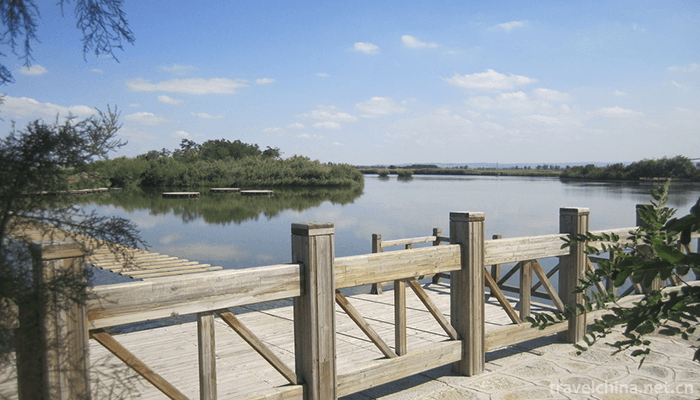
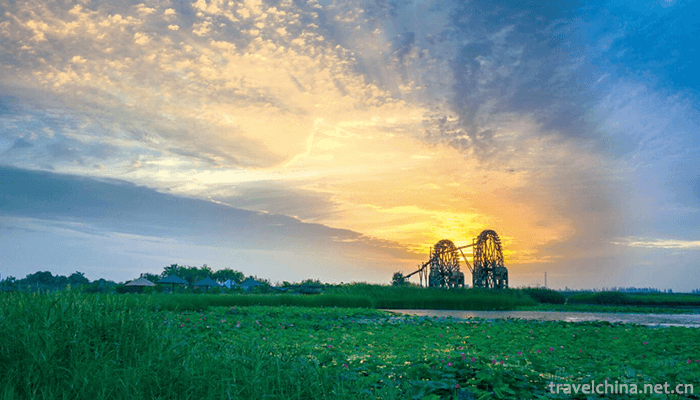
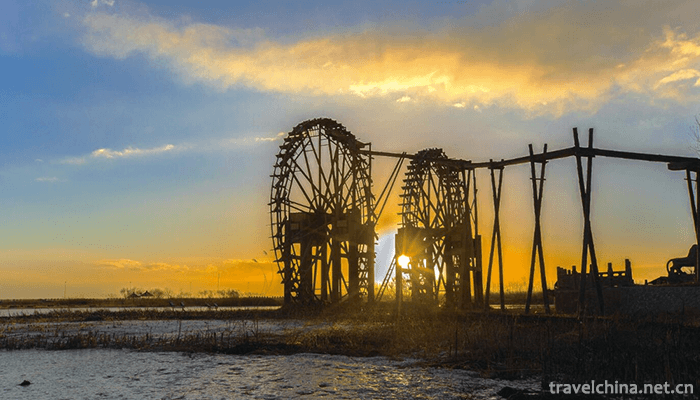
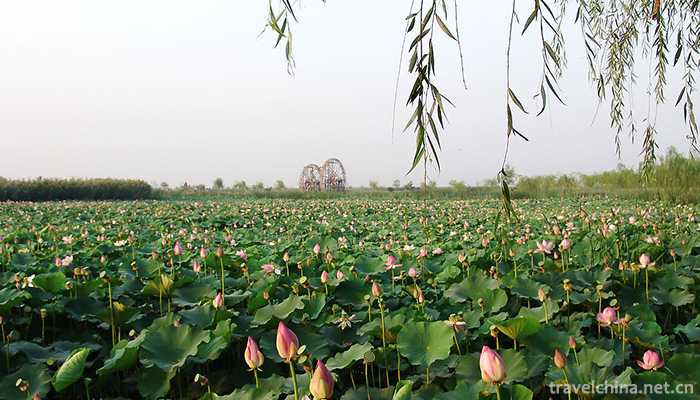
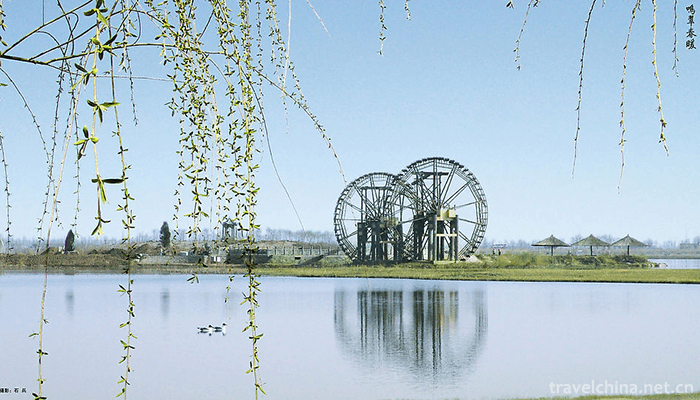
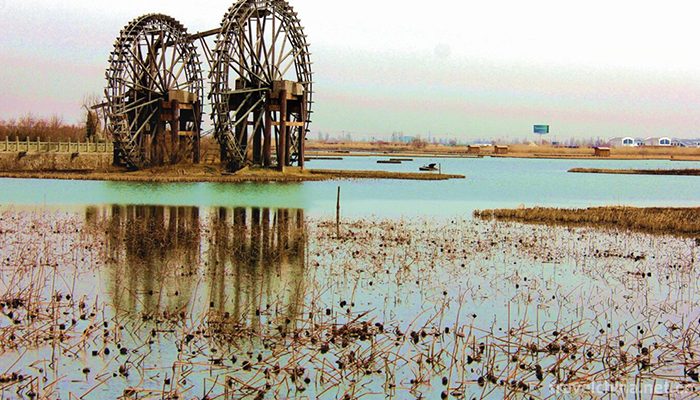
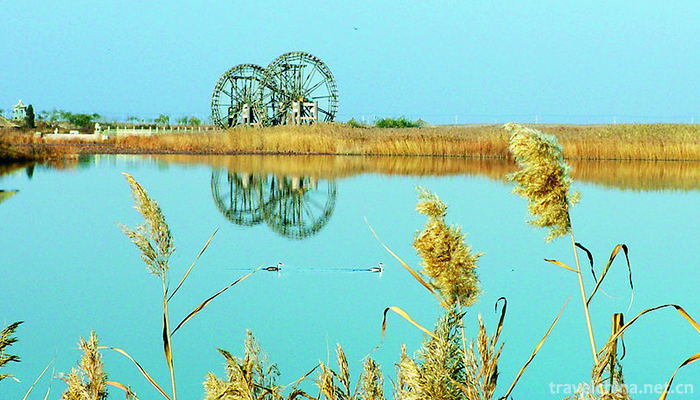
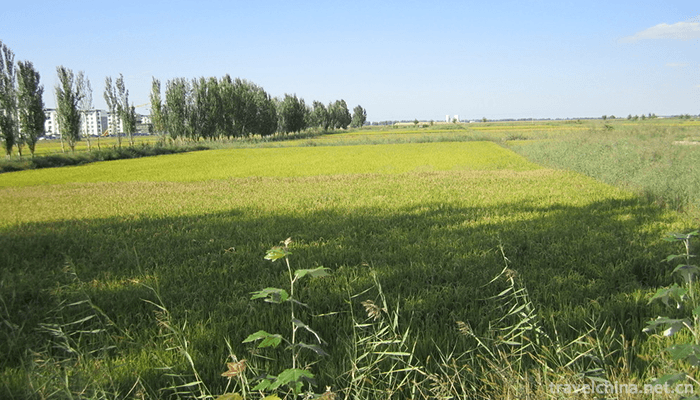
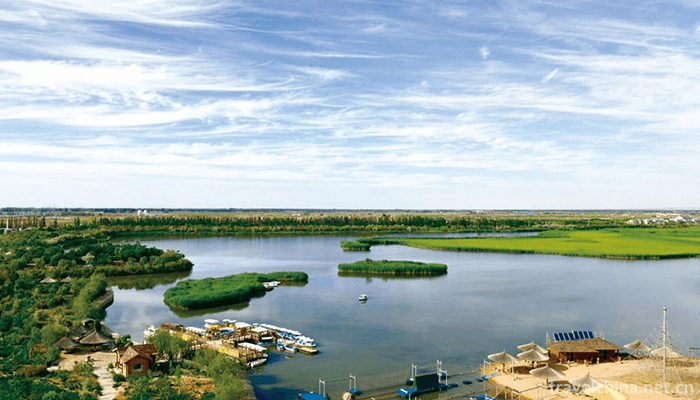
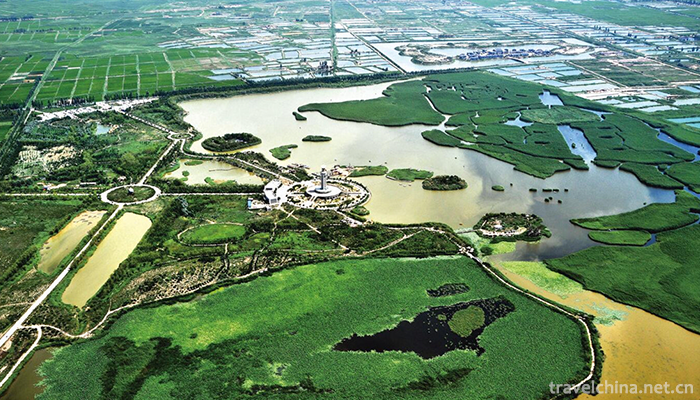
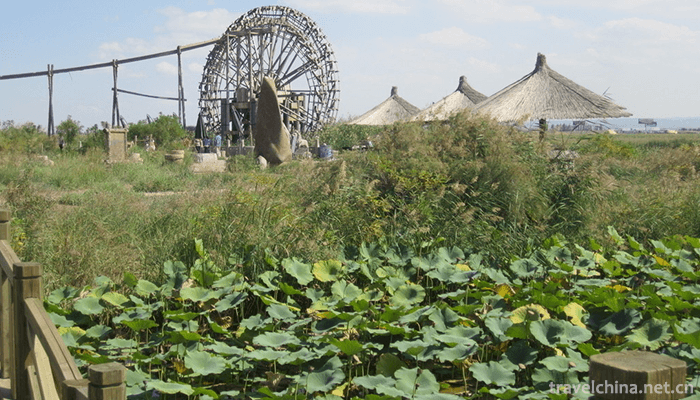
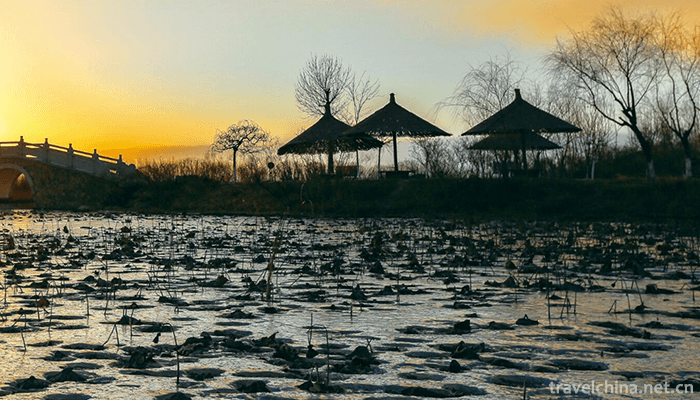
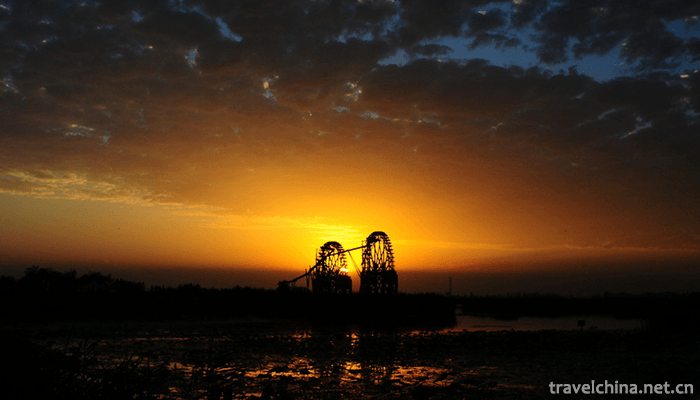
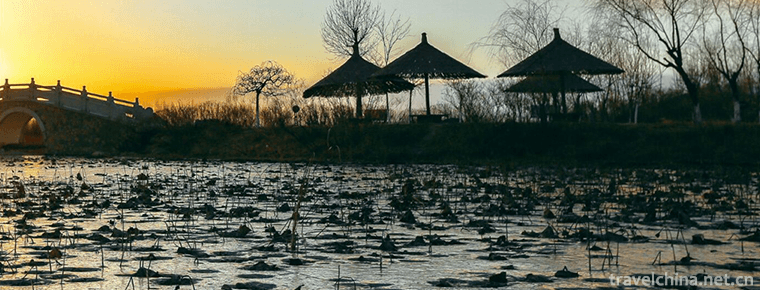
Mingcui Lake National Wetland Park
-
Almond dew
Almond is a kind of vegetable protein beverage made from natural almond and mineral water. Its white like milk, delicate like jade, unique flavor, can be used as a substitute for ordinary milk
Views: 189 Time 2018-11-08 -
China Railway HighSpeedCRH
China Railway High-Speed (CRH) has two meanings: the technical standard of China High-Speed refers to the passenger dedicated line railway with 250 km/h
Views: 175 Time 2018-11-13 -
Huanglong Scenic Area
Huanglong Scenic Spot, World Natural Heritage, World Human and Biosphere Reserve, Green Globe 21 Certificate, National AAAAA Tourist Spot, National Key Scenic Spot.
Views: 192 Time 2018-12-12 -
Yueyang Tower and Junshan Island Scenic Area
Junshan Island, formerly known as Dongting Mountain, Xiangshan Mountain and Youyuan Mountain, is located in the territory of Yueyang City. It is an island in Dongting Lake, 800 li away from Yueyang To
Views: 167 Time 2018-12-12 -
Spinach with Eight Delicacies
Babao spinach is a traditional Shandong dish, which belongs to Shandong cuisine. It is rich in color, bright, delicious, light and refreshing. In addition to spinach, Babao spinach is also equipped wi
Views: 207 Time 2019-03-25 -
Tibetan knitting and embroidery
Tibetans are good at embroidery and textile, and exquisite craftsmanship adds infinite charm to their costumes, which is the most prominent manifestation of Tibetan
Views: 159 Time 2019-04-05 -
Blue Clip Valerian Skills
Blue clip valerian technology, the local traditional printing and dyeing technology of Wenzhou City, Zhejiang Province, is one of the national intangible cultural heritage.
Views: 336 Time 2019-05-11 -
Primitive Pottery Making Skills of Li Nationality
The primitive pottery making technique of Li nationality, the traditional handicraft technique of Changjiang Li Autonomous County, Hainan Province, is one of the national intangible cultural heritages
Views: 217 Time 2019-05-13 -
Forging Skill of Longquan Sword
Longquan sword forging technology, the traditional arts and crafts of Longquan County, Zhejiang Province, is one of the national intangible cultural heritage.
Views: 155 Time 2019-05-14 -
Nanping Opera
Nanping Opera is a folk art popular in the area of Jiuzhaigou County (former Nanping County) on the Northwest Plateau of Sichuan Province. It was once called "Nanping Pipa Playing and Singing&quo
Views: 313 Time 2019-06-07 -
Music that Ding Zhen likes
Zhaxi Dingzhen (Chinese Name: Ding Zhen), Tibetan, lives in Litang County, Ganzi Prefecture, Sichuan Province.
Views: 260 Time 2020-12-07 -
Summary of Deyang
In 2018, Deyang's GDP reached 221.39 billion yuan, an increase of 9.0% over the previous year at comparable prices. The total economic output has exceeded 200 billion yuan, with per capita GDP of 62569 yuan. Among them, the added value of the primary industry
Views: 350 Time 2020-12-14
